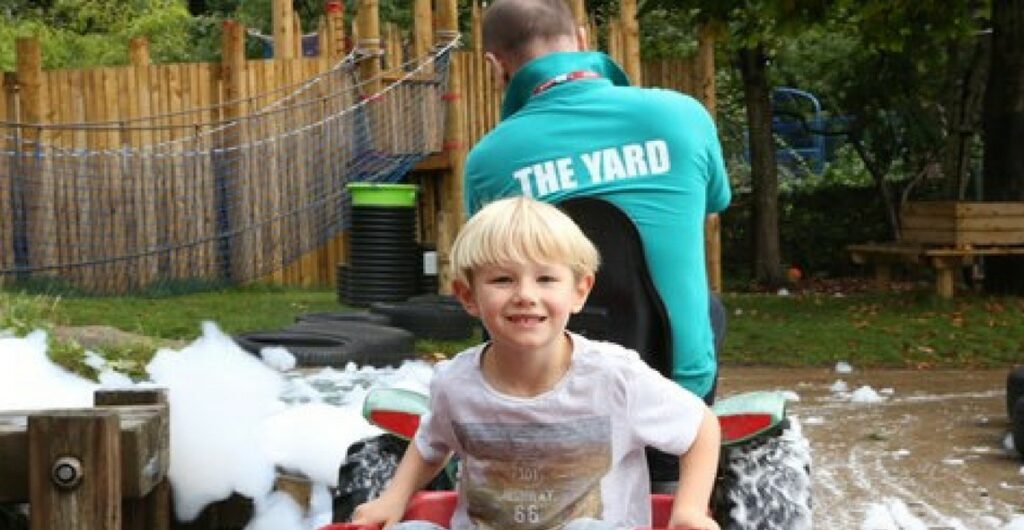
Posted 2nd May 2017
This is a guest blog by member Clare Hammond on her social value work with The Yard Scotland. Clare works for Rocket Science UK Ltd. Let us know your thoughts in the comments.
We have been working with The Yard Scotland and their community since June 2016. The Yard provides safe play spaces and respite for young people with disabilities and their families. During our time with The Yard, we conducted a Social Return on Investment and Cost Benefit Analysis to be able to evidence and quantify the impact their service has on families and how much they save other service providers such as the Local Authority.
For Rocket Science, the voice of the service user should be present, loud and clear, and the central driving force for any impact analysis. Social researchers the world around can talk to you about sampling sizes, interview techniques, and running a great focus group to get that voice. However, social impact research gets slightly more complicated when service users are less able to engage with the more traditional research processes.
Engaging extensively with The Yard’s young people and families as part of this research has been very important to both Rocket Science and The Yard Scotland. To do this we have had to use less conventional methods of social research – and we have learnt a few things along the way: We’ve learnt a few things along the way about how to approach impact analysis using less conventional methods:
- Co-design with The Yard of all research activities was vital. As consultants, we brought expertise in evaluation disciplines, analytical processes and robustness. However, it’s The Yard that knows its client group inside and out. Bringing together this expertise was vitally important, particularly in designing and delivering the research activities with their young adventurers.
- Abandoning the traditional – for the young adventurers we knew we couldn’t use traditional research techniques. Instead we embraced what made The Yard so great – play! We kept it simple– we had two questions we needed answering. Then we developed a range of play activities that young people could engage with…ever conducted an interview on a go-kart? It’s exhilarating.
- Understanding the impact of the service on families was much harder than we expected. Parents and families of these young adventurers are so used to constantly being the advocate for their child. They are some of the most selfless people we have engaged with. For our research – getting parents to think about themselves was difficult. We overcame this in two ways:
- We needed to make it clear to parents that this was a space for them to talk about themselves as well as their children. Using colourful post-it notes we put all messages relating to their children on one wall, and messages relating to themselves as individuals on another wall. As expected, the wall of messages about their children filled up fast, while their own wall remained largely empty. We then set them the challenge of filling their wall to be as colourful as the wall about their children. Highlighting their selflessness visually, and colourfully proved to be very effective.
- Once again, we embraced The Yard’s motto – fun! We needed to convert outcomes such as friendship and relaxation into monetary values. We chose to use Choice Modelling – which, I promise, is as dull as it sounds if done with no humour. So with fun, laughter and a joke or two we had groups of parents and carers giving us their honest views of what was important to them as individuals as well as their family.
Our time with The Yard has been rewarding, enlightening and a lot of fun. There aren’t many researchers that get to say they got to play with paints, bikes and swings for work! The Yard are now armed with robust evidence of their impact to use with the policy makers and funders. With this information, they intend to influence the design of services and expand their services further across Scotland.
For more information on Social Value, and the Social Value Principles see here.
